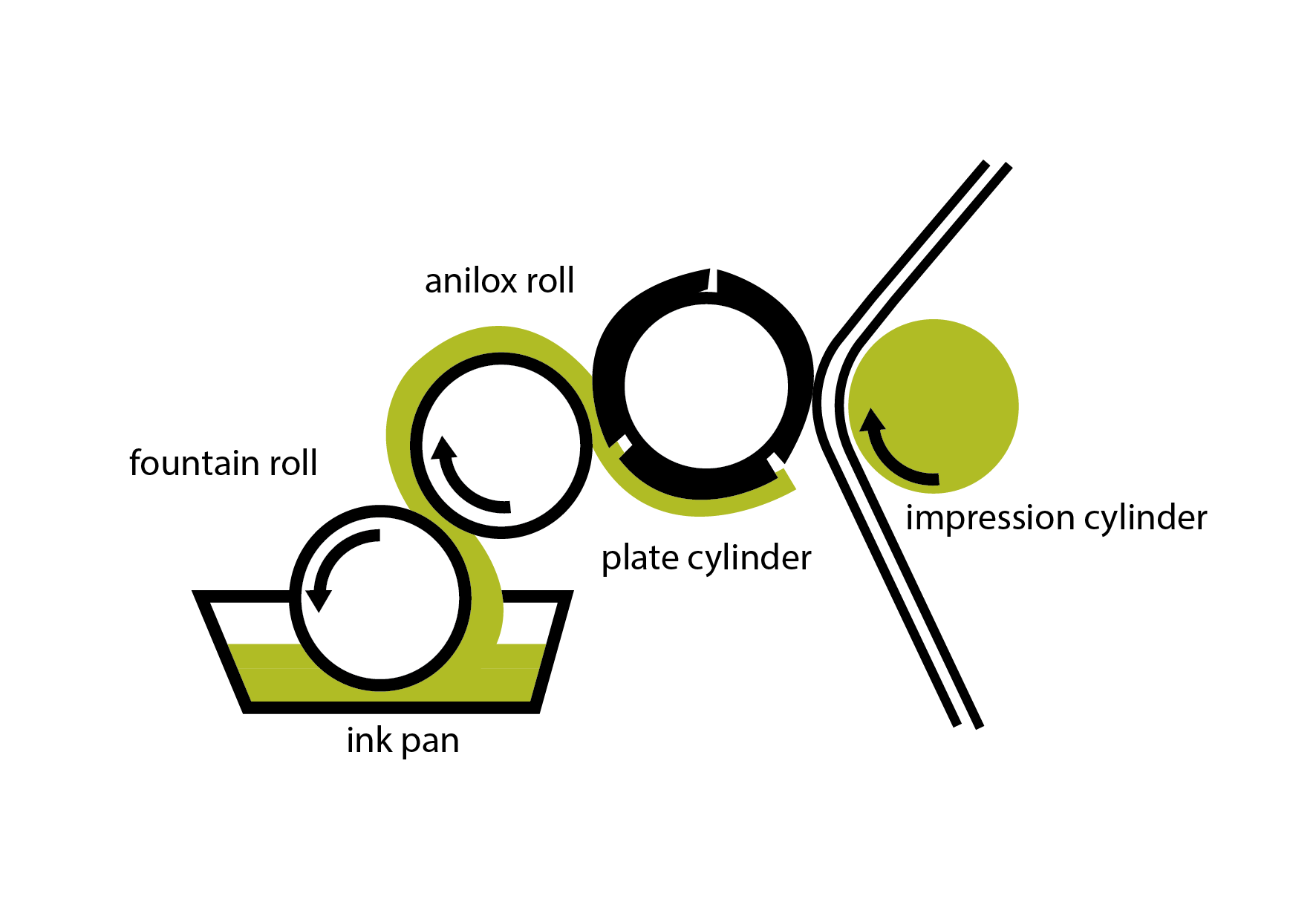Cutting Edge
Student competitions push student design in digital and print graphic design to the limits
By: Hailey Green

The flexographic printing process uses a system of rollers, liquid ink and a flexible plate to create an image. Beginning at the fountain roller which picks up ink carrying it to the anilox roller which is engraved with millions of different cells. A flexible image plate is mounted to the plate cylinder where the ink and image impress onto the substrate. Flexographic printing is often used on paperboard, film, corrugated boards and foils.
In March 2016, schools from across the United States traveled to Memphis, Tennessee to attend the annual Technical Association for the Graphic Arts (TAGA) conference and to compete in the student journal competition. The conference brings leading researchers in the global print industry together to present their work. In addition, the student chapters have the opportunity to produce a technical journal designed to show off cutting-edge technology that students across the nation are learning in their graphic communication programs. There is an Attendee’s Choice Award as well as a competition where journals are judged by the TAGA Board of Directors. The articles produced in the journal are based on student research in the technical field of printing and graphic communications. Thus, they require a strong understanding of the graphics world. The goal of the competition is to encourage students to expand their printing capabilities and present their research to the most scientific minds in the graphic communications industry.
Clemson University has been involved in the student competitions since they began 30 years ago, and has been a leader in changing the course of the conference regarding design. However, it was not until a few years ago that TAGA became a Creative Inquiry option. The Creative Inquiry TAGA Journal led by Dr. Liam O’Hara, associate professor of graphic communications, competes in the conference each year by producing a journal that showcases the students’ designing and printing capabilities as well as pushes the envelope on their technical proficiency. The journal is judged on design, production, technical content and overall quality. As the team puts together the project from start to finish, they are encouraged to embrace print and digital media. Not only do they conduct the research for the content in the journal, but they contact vendors, order substrates and ink, make the printing plates, run the presses and create large-scale products that push the boundaries of the printing processes.
“It exposed me to the printing process more than what I would learn in a classroom setting and that was beneficial to my education,”
The objective for this Creative Inquiry during the fall 2015 semester was to focus on the design and technical content for the journal, while the spring 2016 semester was to concentrate on the printing of the journal. O’Hara wants the students to showcase their own work and the different skills they have learned throughout their years at Clemson, and the Creative Inquiry project gives them an opportunity to explore different print technologies. “My goal for the students is to take risks and push the boundaries. I want them to use diverse printing technologies and explore things that have never been done before. And of course, I want to win,” O’Hara explained.



